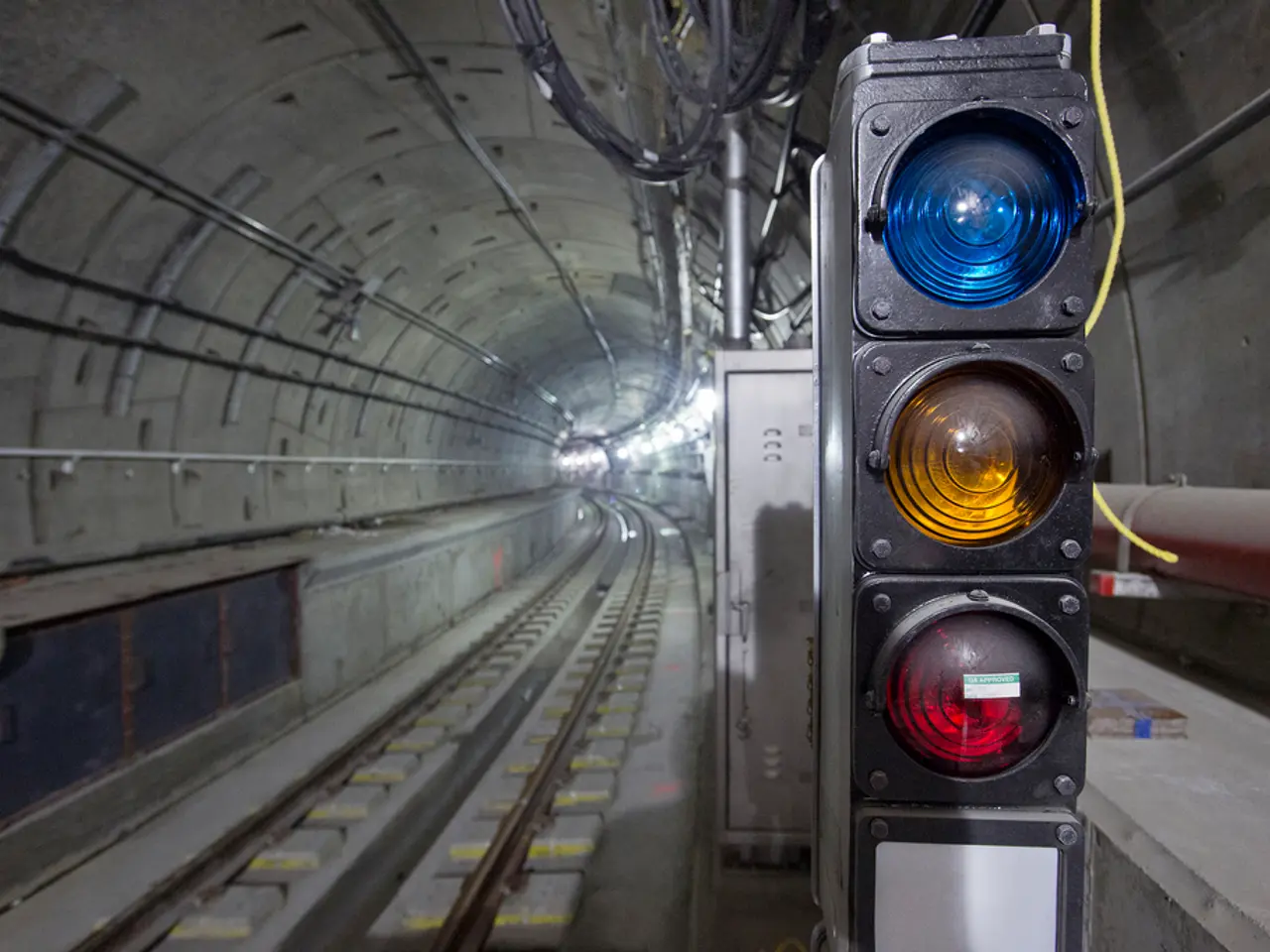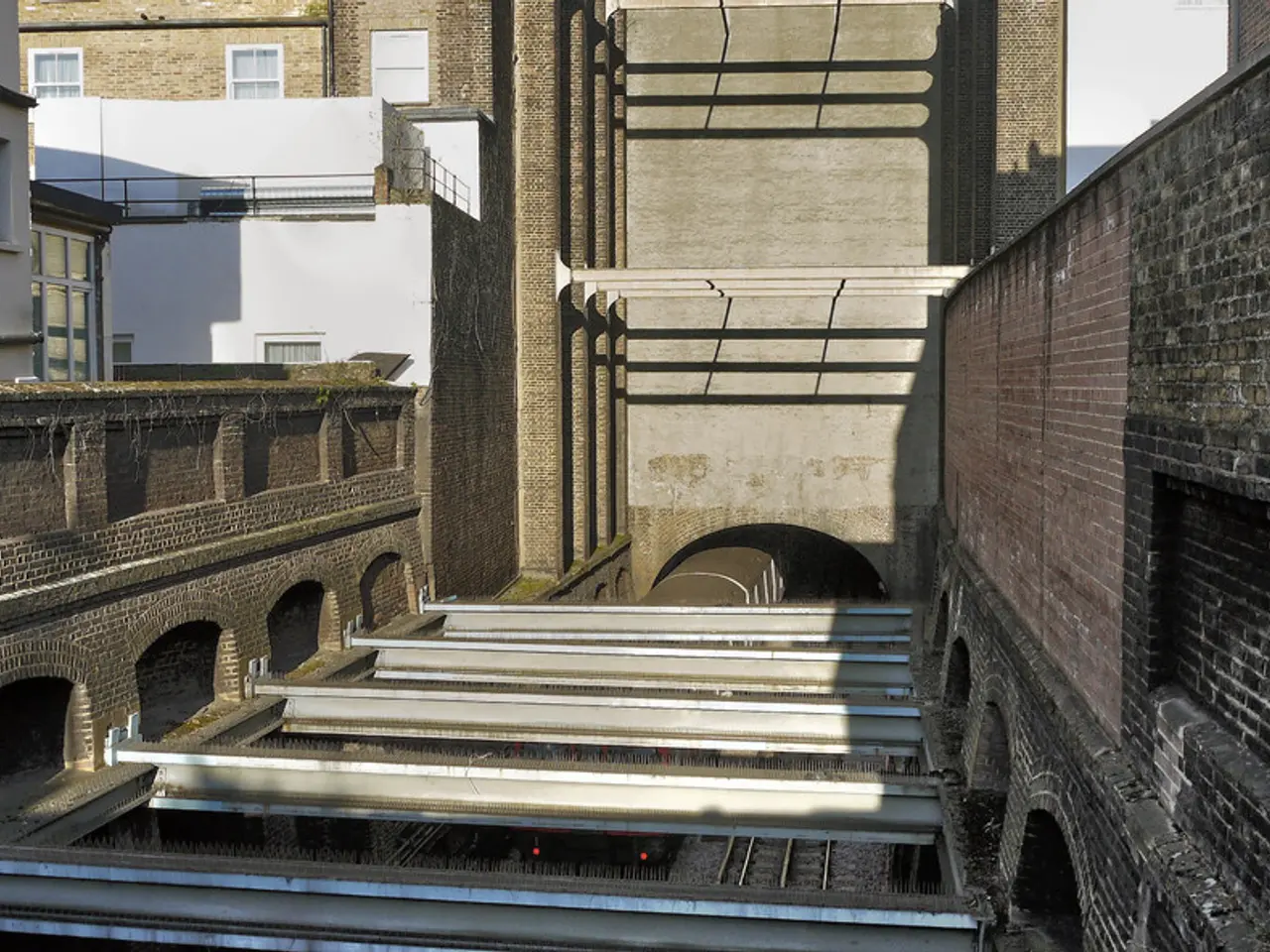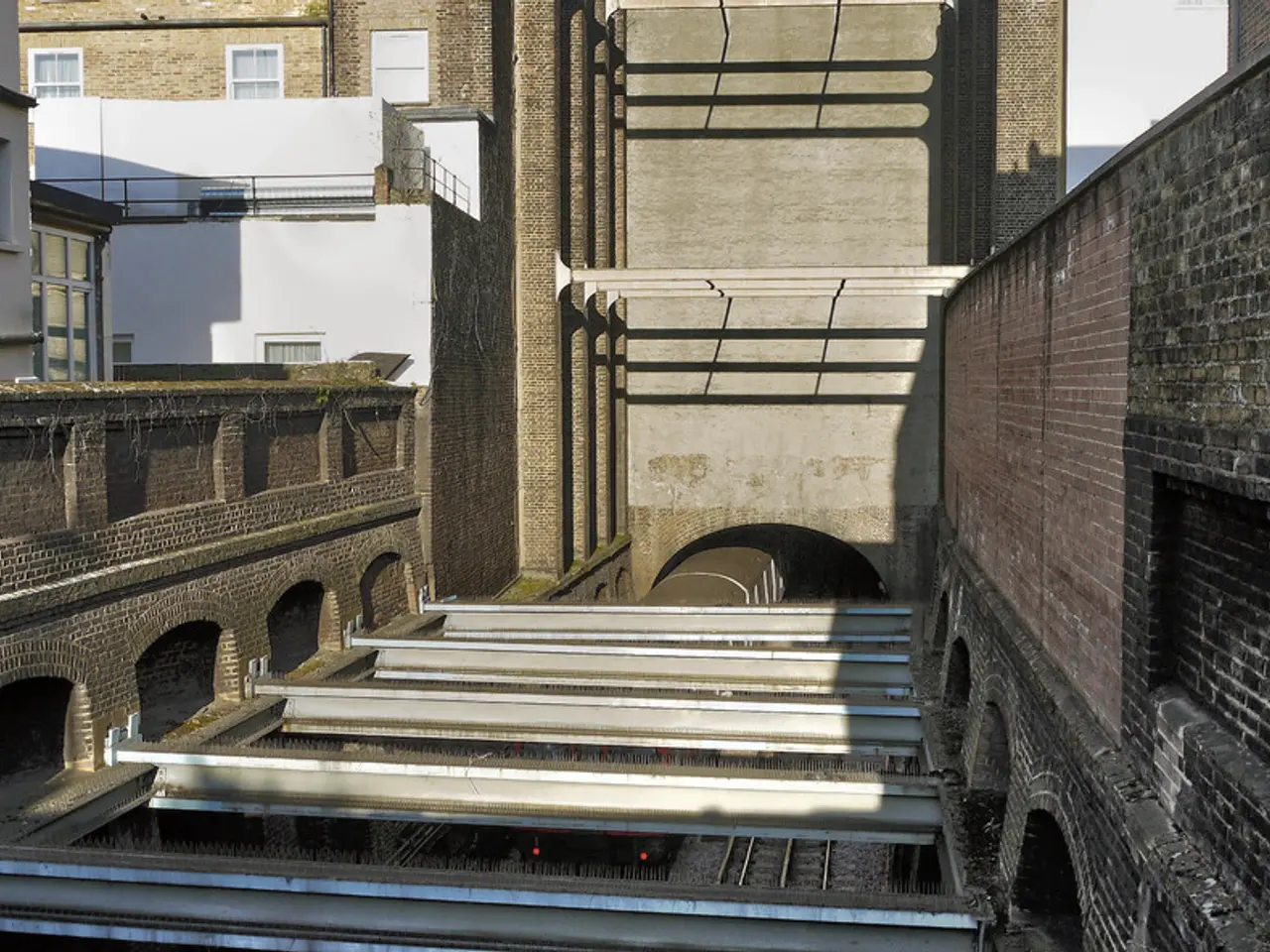Flat Organizational Structure: Features, Benefits, Drawbacks
Going Flat: The Horizontal Organizational Structure
Keep it casual; let's dive into the horizontal organizational structure, also known as a flat structure! Here's the lowdown:
This setup shuns the traditional hierarchy, with few layers and a wide span of control. It favors collaboration and employee empowerment. In simple terms, it's like having a team where everyone has a say and works together!
Where does it play?
Small businesses and startups are the usual suspects that swing for the horizontal structure. Why? Because their operations are straightforward, and there's less need for a hefty managerial crew.
In some instances, the big boss (AKA the owner) appoints a supervisor to manage the crew. This supervisor juggles multiple tasks across different areas and reports directly to the owner. As the company expands, things get a bit more complex, and this structure might no longer be a match made in heaven.
Instead, sprawling organizations tend to prefer a vertical structure, where tasks are divided, leading to specialization and more middle management.
What's cooking with this flat setup?
Unlike a vertical structure, horizontal structures have only a couple of layers – usually just two or three. You might find many companies with owners and supervisors, or perhaps directors, division heads, and managers.
Characteristics of this flat structure:
- Chain of command: Only a short chain of command is involved, often limited to top and lower management.
- The span of control: Each managerial position oversees a broad area or group, managing plenty of subordinates.
- Autonomy: Managers allow subordinates to organize and control their areas, providing them with freedom and independence.
- Delegation: Top managers delegate decision-making power to lower managers, cutting up boss-level interference.
- Promoting teamwork: The structure encourages teamwork and collaboration, cutting down on supervision while motivating employees.
- Reduced bureaucracy: With fewer layers, less emphasis is placed on adhering to rigid rules and procedures.
Want more details? Delayering it is!
Some companies with a vertical structure might choose to reorganize, removing one or more managerial layers – a process known as delayering. The goal is to up productivity, reduce red tape, and save cash. After delayering, the organizational structure becomes more horizontal, featuring fewer managerial layers.
Usually, the target is middle management. Once removed, the company no longer needs to budget for their wages. Plus, communication and decisions flow more smoothly without the middlemen acting as intermediaries. And, improved management can make and implement decisions and policies more swiftly. Lastly, it makes organizations more nimble and ready for a dynamic business world.
Perks of the flat structure
A flat structure helps the company save some greenbacks. No need for pricey middle management means reduced operating costs. Other advantages:
- Optimal resource utilization: The company places a major emphasis on a cross-functional structure, allowing employees to adapt to various roles according to the company's needs.
- Improved communication: Fewer layers equate to quicker communication. Plus, less chance of the message getting distorted as it trickles down.
- Speedy decisions: Swifter decision-making and implementation are achievable thanks to the reduced number of managerial layers.
- Empowered employees: By handing more power to employees, they're encouraged to take control of their work. Increased autonomy often equals increased job satisfaction.
- Innovation: Employees are empowered to exercise their creativity, driving innovation throughout the company.
Flat struggles
Large organizations typically struggle with a horizontal structure. Complex operations with many employees demand structured arrangements. Companies have to divide roles and responsibilities specifically and distribute them among multiple managerial layers. Or else, the company could be a chaotic mess.
Other downsides of the horizontal organizational structure include:
- Limited career progression: Fewer managerial positions mean fewer opportunities for career growth, leading employees to seek opportunities elsewhere.
- Heavier workload: Managers and employees alike carry a bigger workload, causing stress and burnout.
- Confusion: Without specifically defined roles and responsibilities, employees may find it tough to determine who's the boss.
- Power struggles: Conflicts can arise when the exact roles and responsibilities aren't explicitly stated, fueling power struggles and competition.
- Lack of specialization: While some employees may juggle multiple roles or handle multiple assignments across different areas, this can increase the workload and decrease productivity.
Want to dive deeper? Check these resources:
- Organizational Chart: Importance, Features, and Types
- Chain of Command: Importance, Element, Advantages
- Span of Control: Importance, Types, Advantages, Disadvantages
- Downsizing: Importance, Reason, Type, Pros, Cons
- Project-Based Organizational Structure: Strengths and Weaknesses
- Centralized Organizational Structure: Advantages, Disadvantages
- Decentralized Organizational Structure: Advantages, Disadvantages
- Mastering Organizational Structure: A Clear and Concise Guide
- Key Terms To Understanding Organizational Structure
Sources:1. Carstens, Jason. (2022). The Business Case for a Flatter Organization. Harvard Business Review.2. Gratton, Lynda, & Hope-Hailey, Tony. (2006). The Attractive Organization: Talent Management for the Knowledge Economy. Berrett-Koehler Publishers.3. Barnett, William A. (2015). The New Organization: Mastering Adaptive Environments. Palgrave Macmillan.4. Insead Knowledge. (2022). How widespread is the trend towards flatter organizations?5. Hrebenar, Pär, & Sundström, Robin. (2011). Creative work organizations and practices: From description to understanding. Journal of Business Research, 64(12), 1831–1836.
In a small business or startup, the horizontal organizational structure is common due to its simplicity and reduced need for a large managerial team. This structure allows for a team-oriented environment where everyone has a say and works together, improving collaboration and employee empowerment – which are crucial in finance and business operations.
In a flat structure, there is minimal bureaucracy, quicker communication, and swifter decision-making due to the shorter chain of command and reduced number of managerial layers. This results in optimal resource utilization, improved communication, speedier decisions, and empowered employees who can drive innovation – all factors that positively impact the finance and business side of a company.




